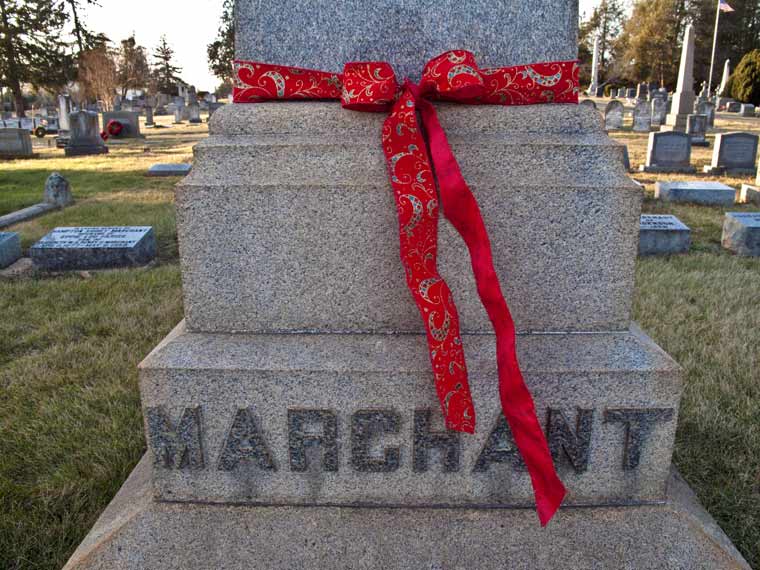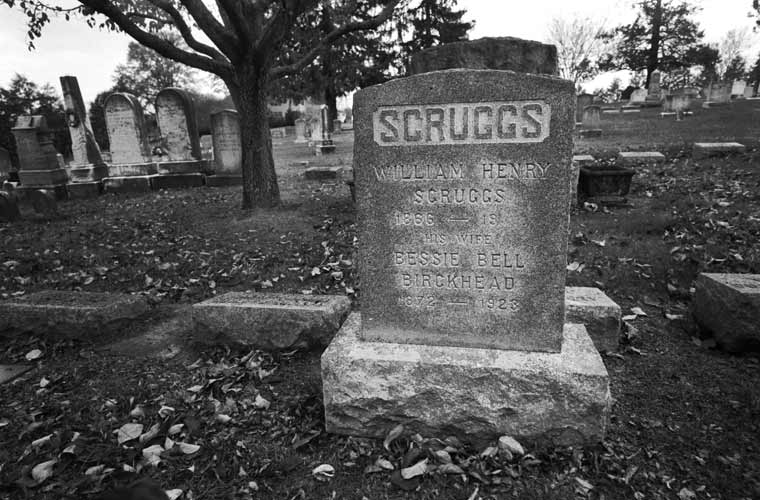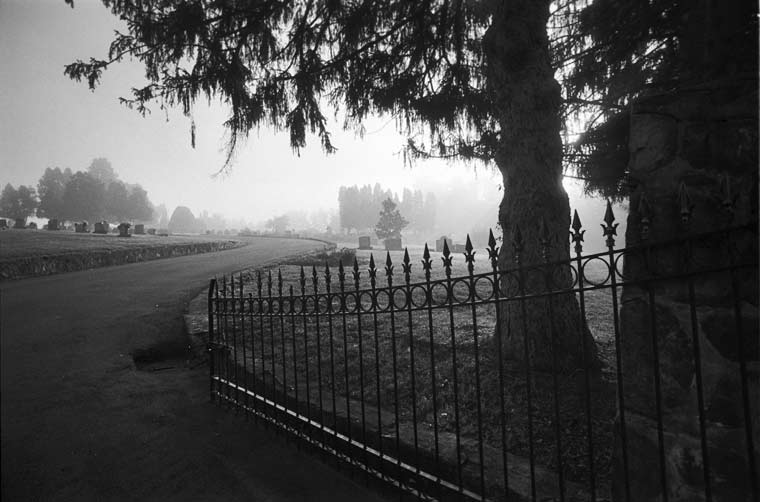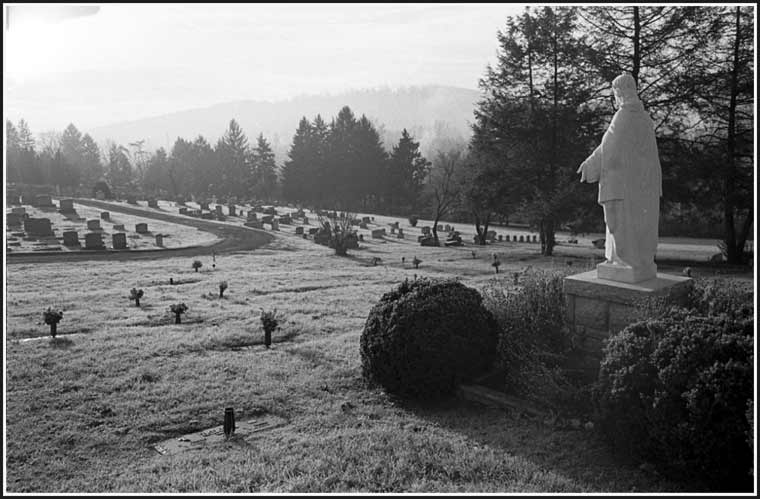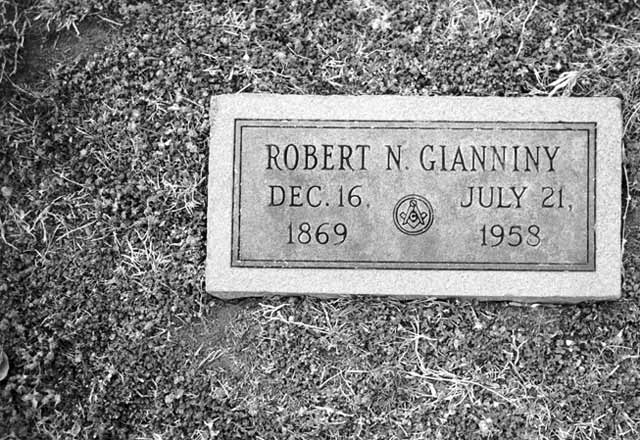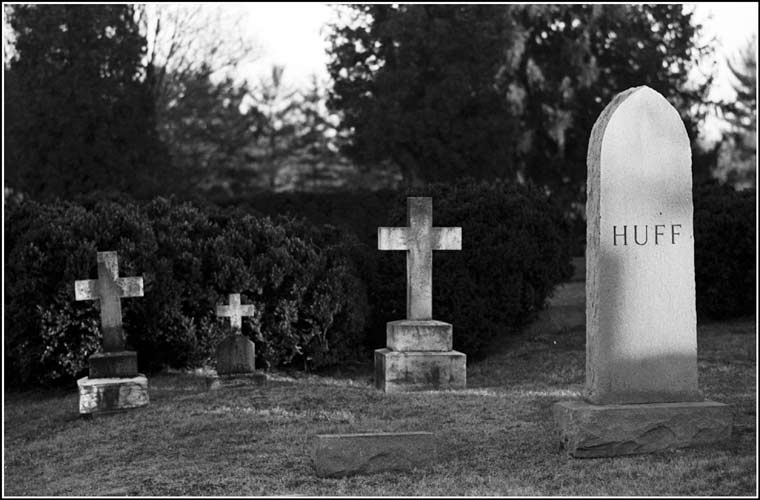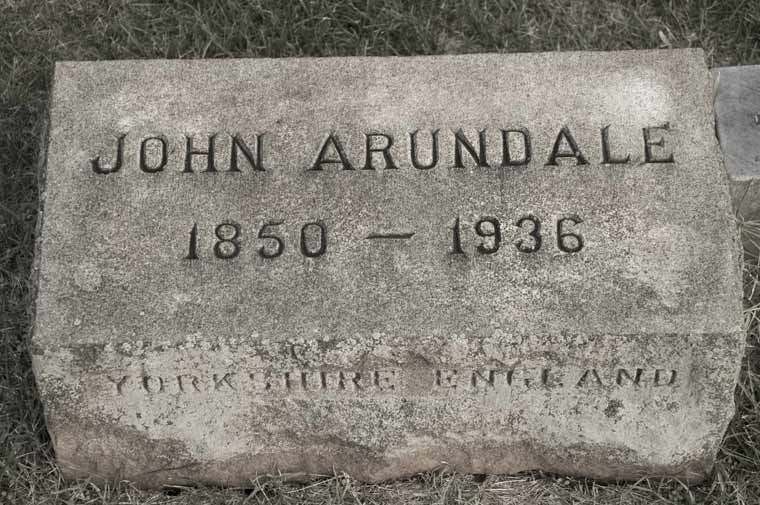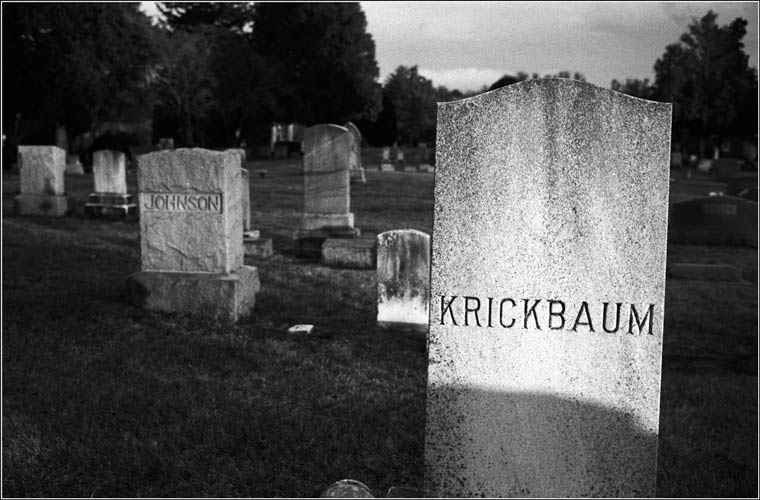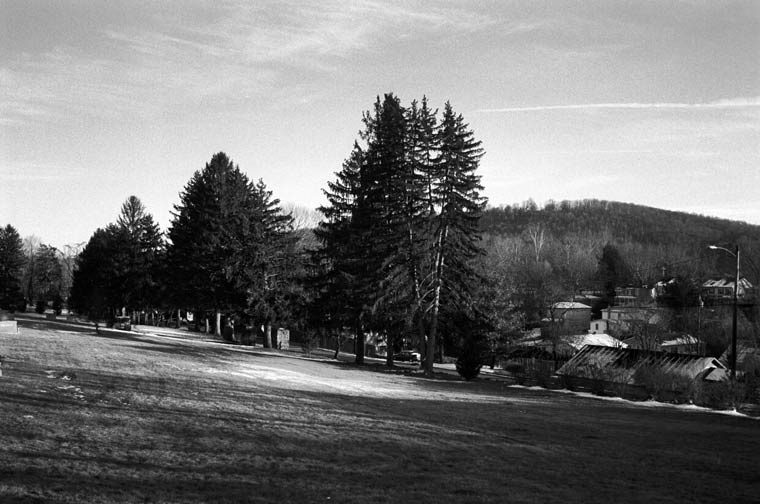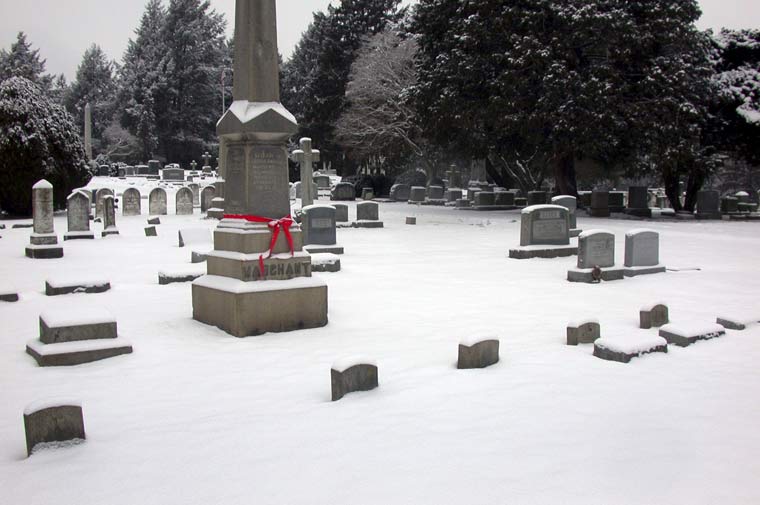New South?
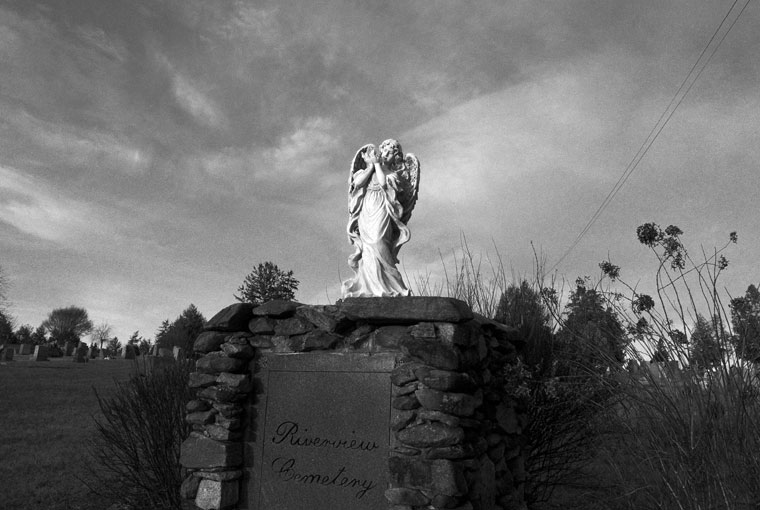
Mitchell's concepts have been attacked on two fronts. Avery Craven, for example, has shown that Southern industrial interest dated at least to the 1850's and was primarily a reaction to Northern anti-slavery crusades. On the other hand, C. Vann Woodward denies the validity of placing any rigid date on the growth of Southern industry and maintains that no revolution occurred. The expansion of business which characterized the New South made little change in its proportion of the nation's manufactured goods. In 1913 as in 1860 the South had a colonial economy, subservient to Northern investments and transportation and producing mainly items whose final value was due mostly to processes performed outside the South.--Harry Poindexter
Labels: Poindexter History, Riverview Cemetery
